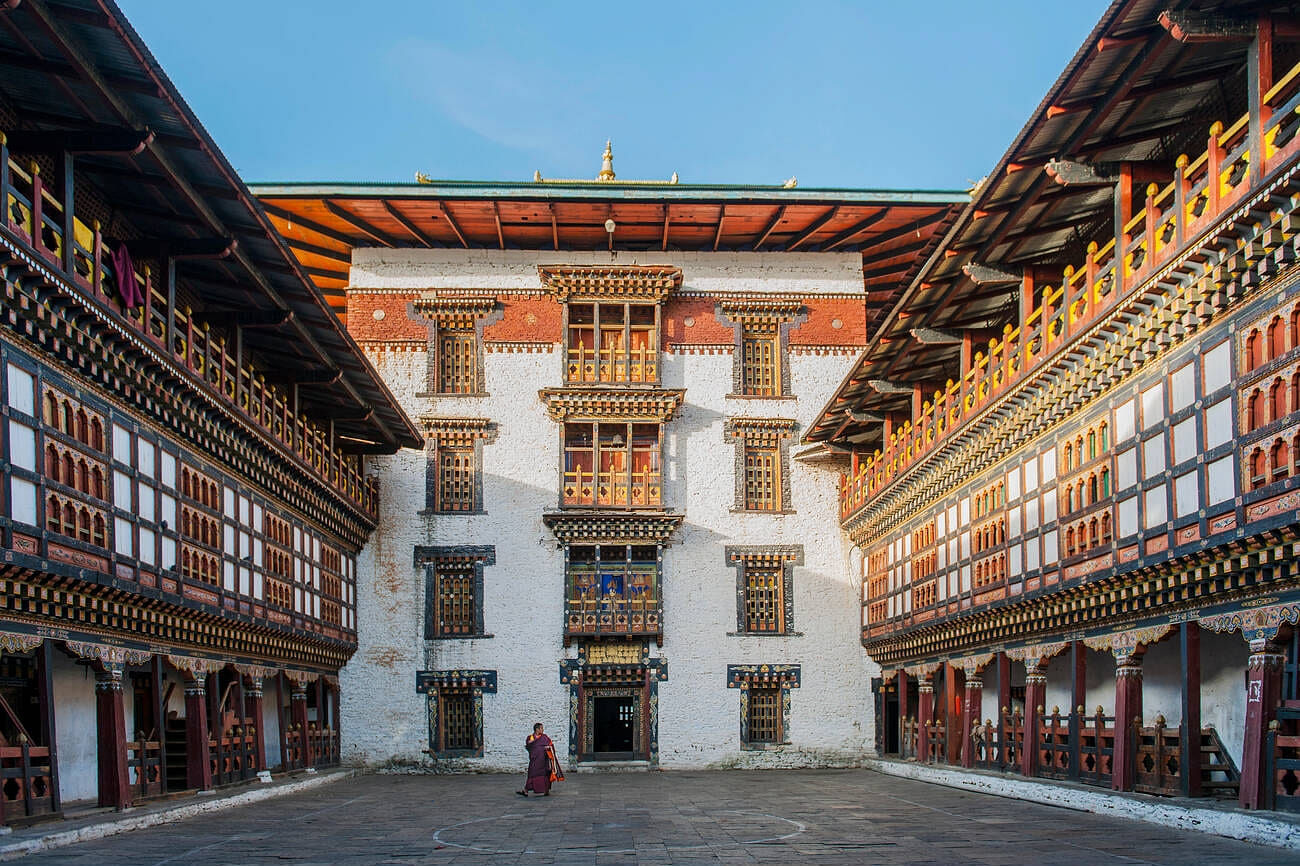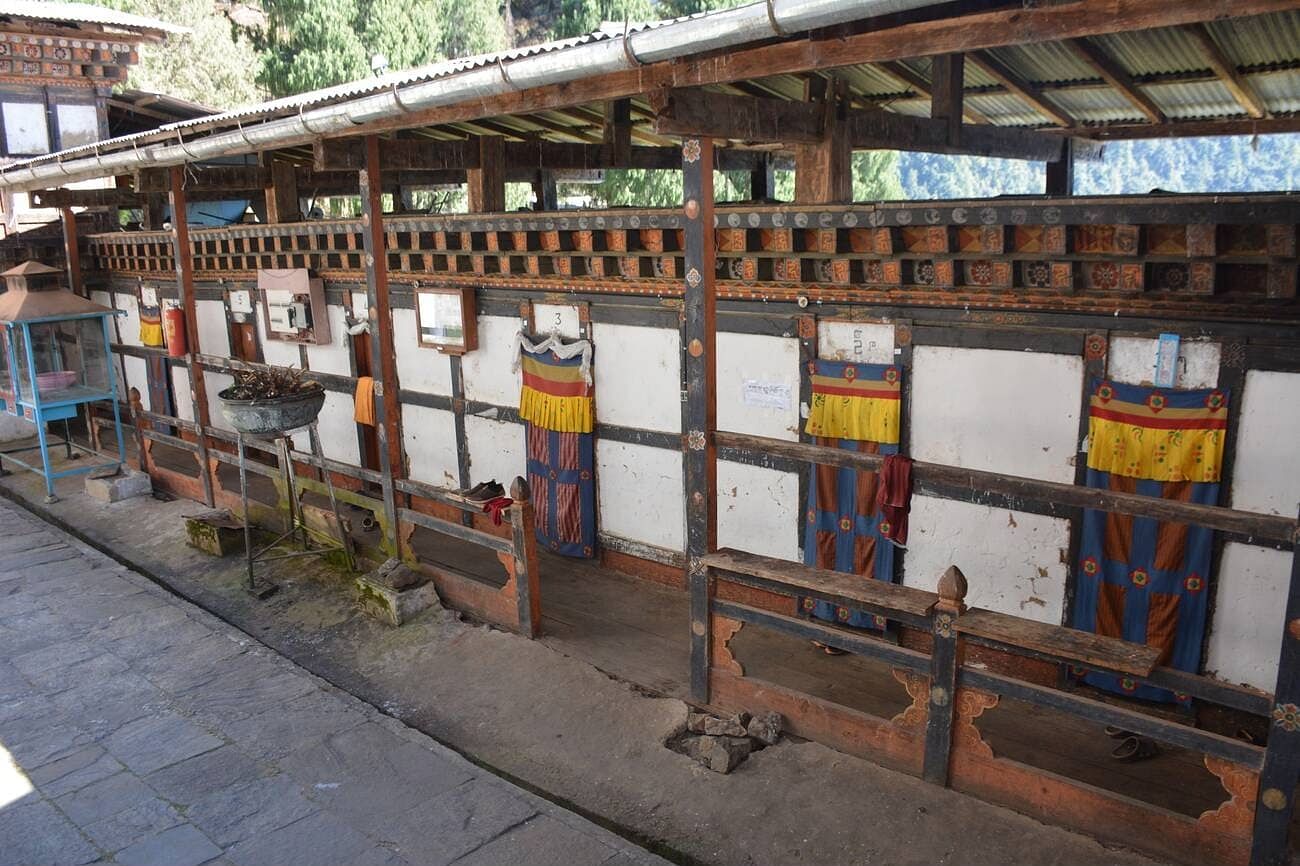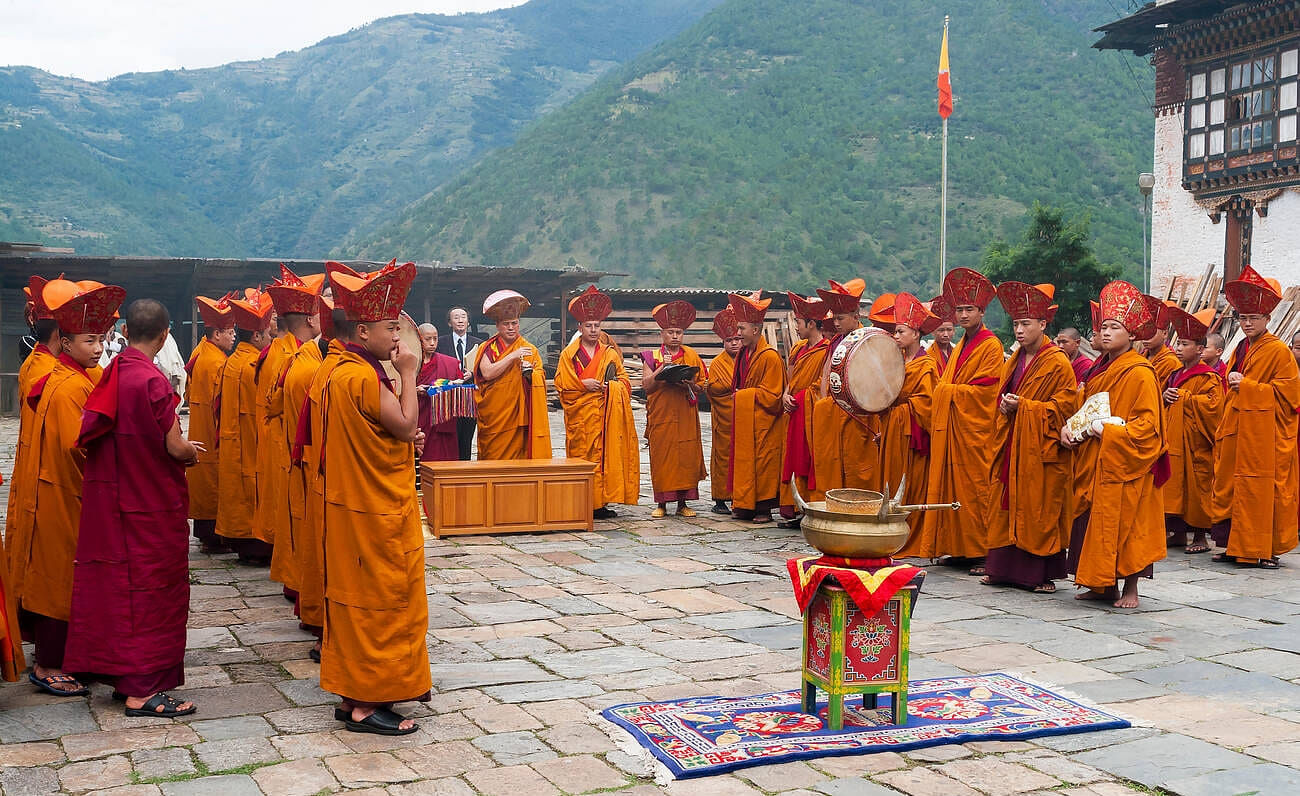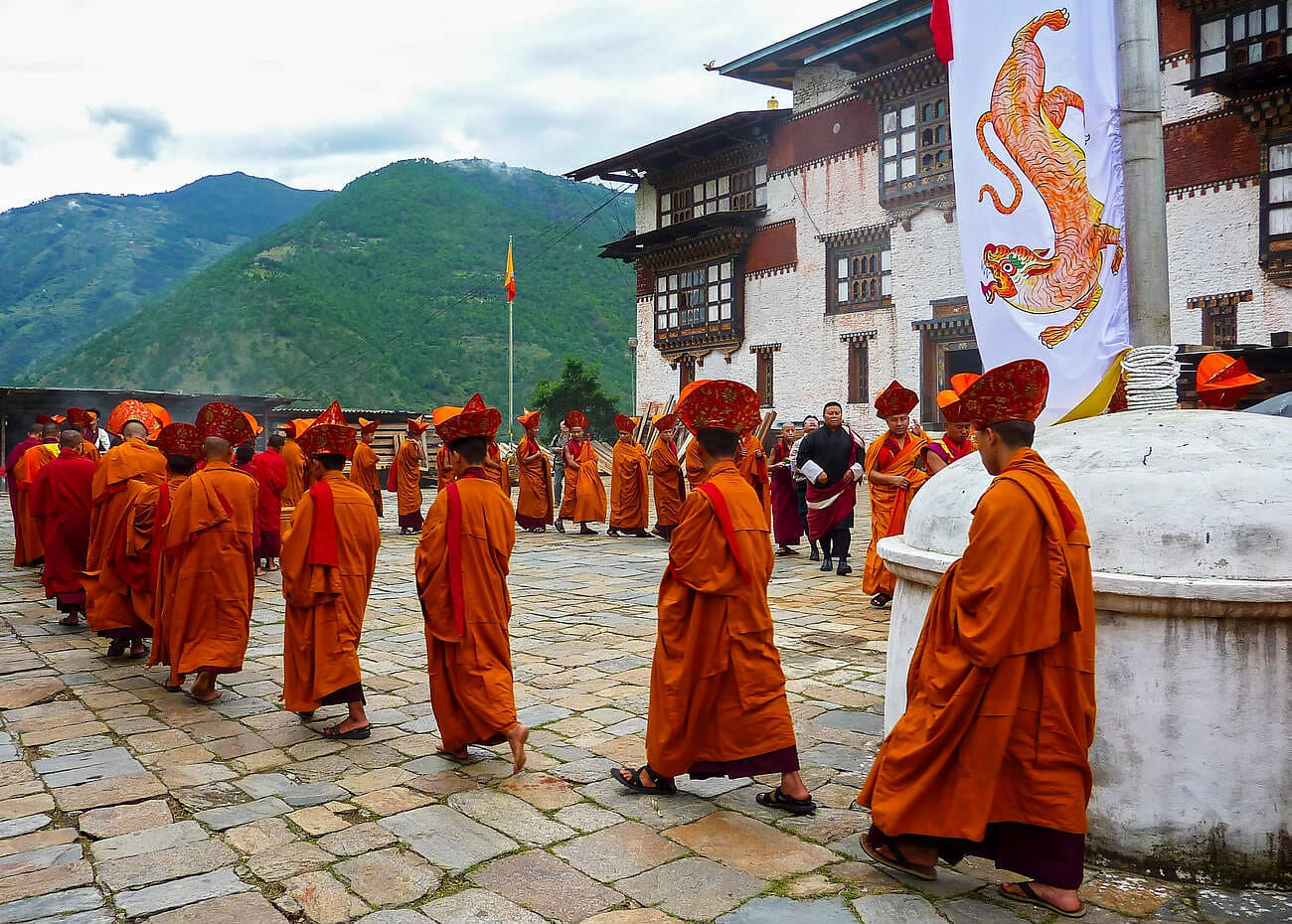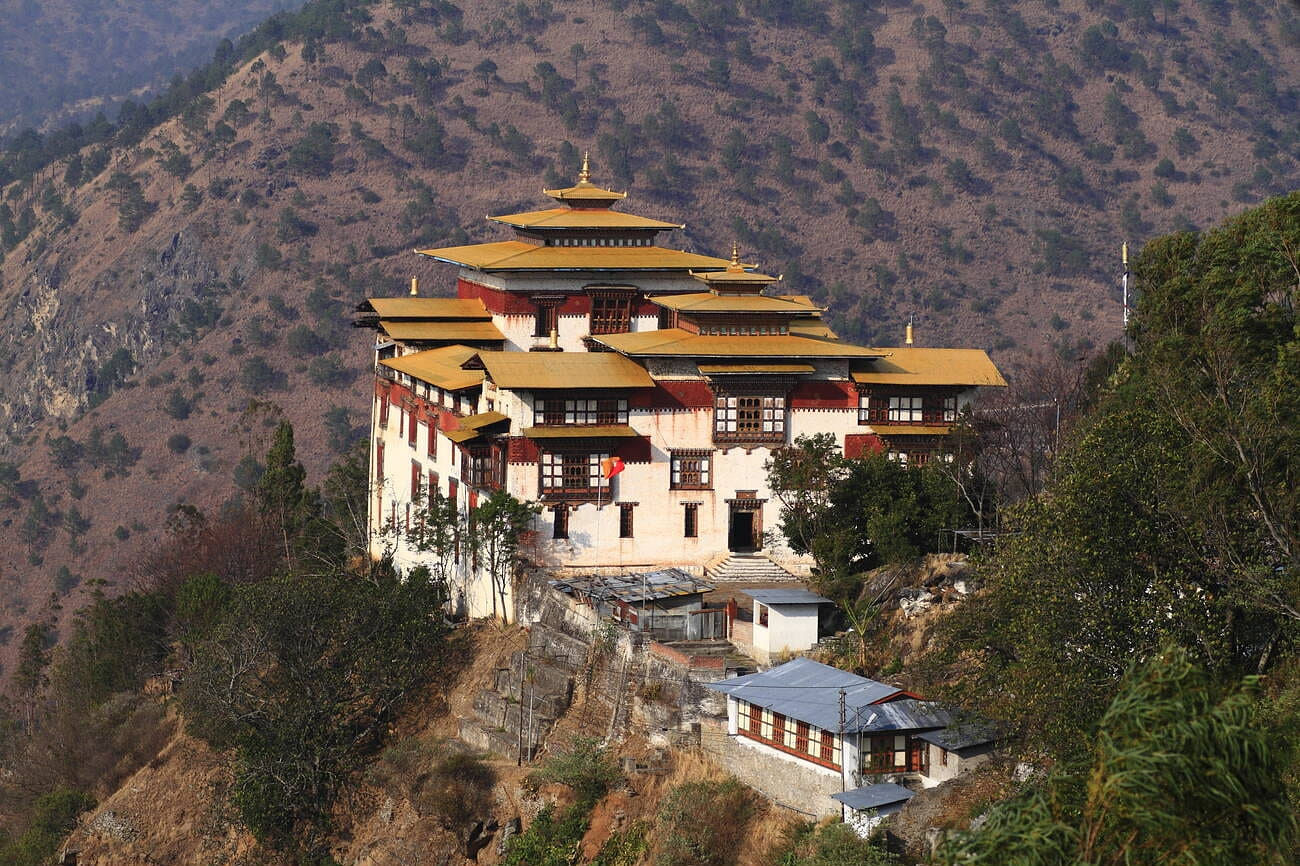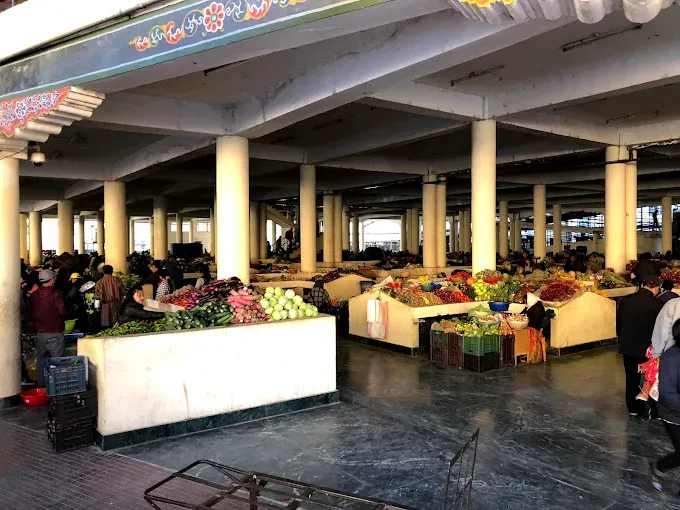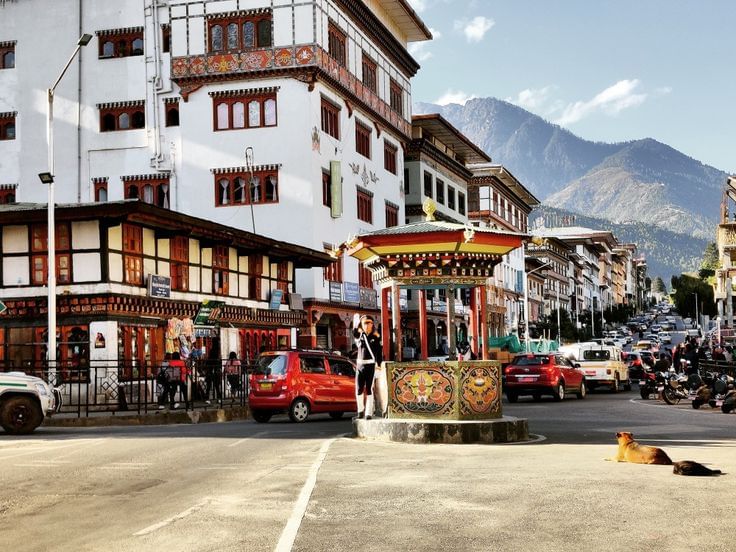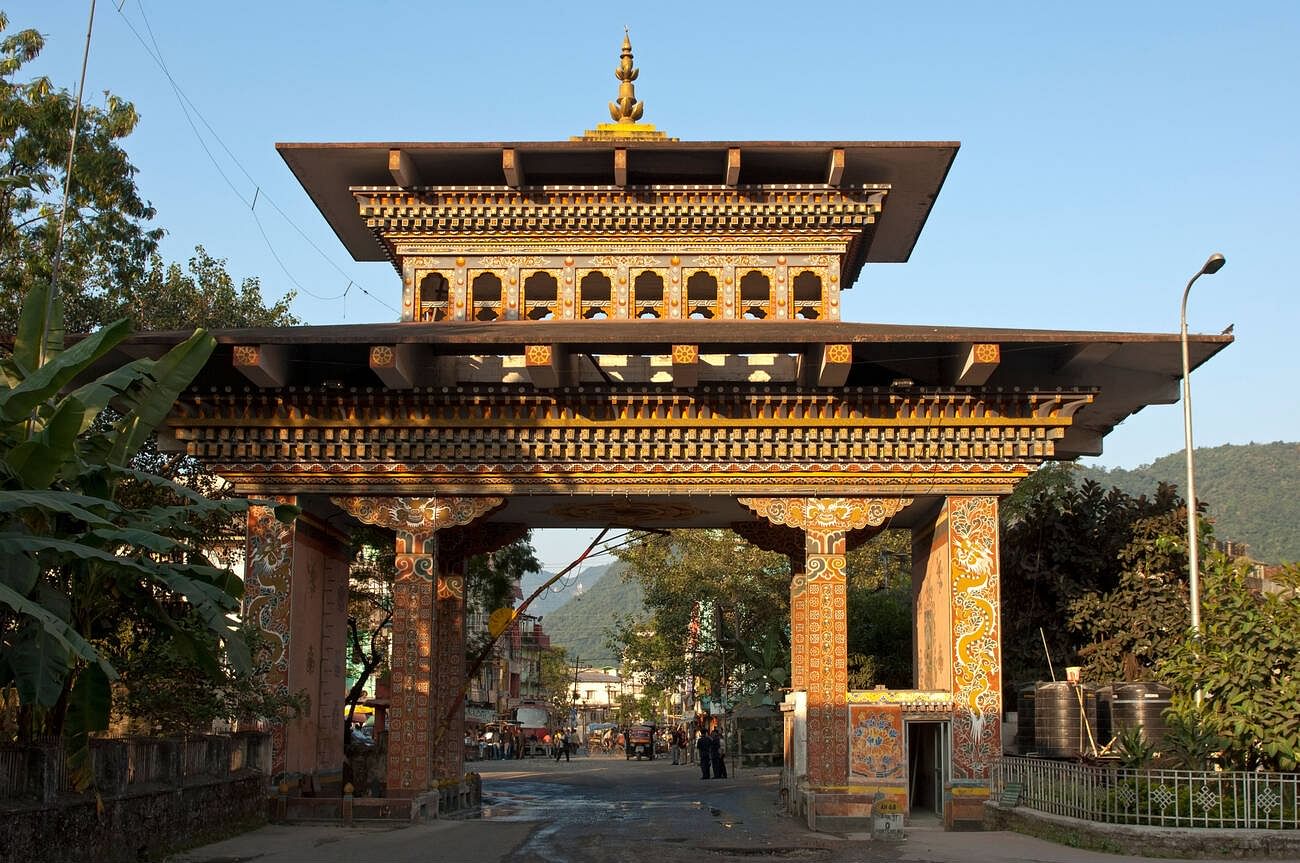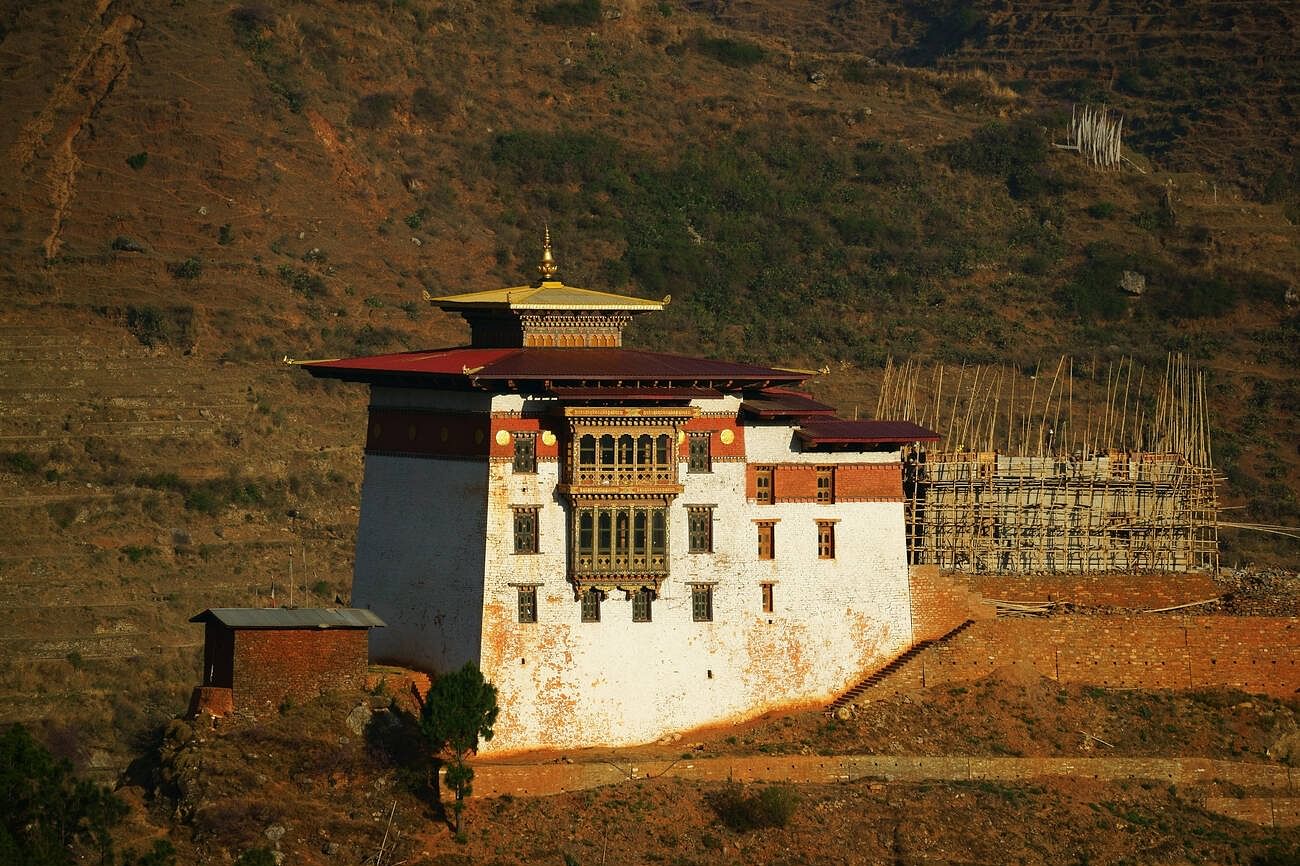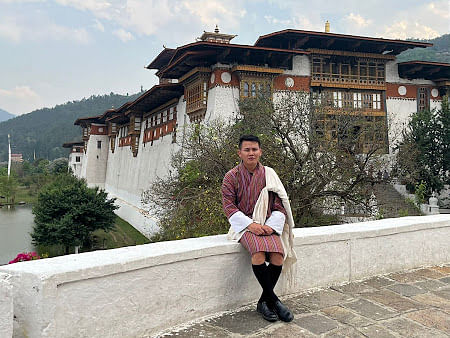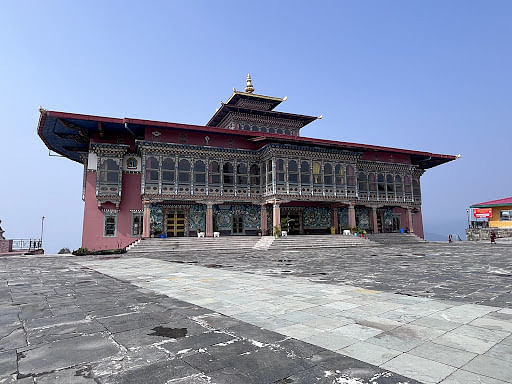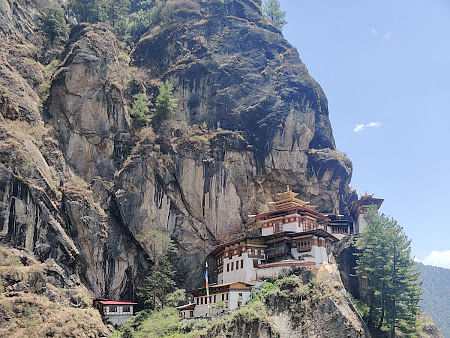You're driving through winding mountain roads for what feels like forever, The journey to Trashigang Dzong is an adventure - each bend unfolding a new series of Bhutan's eastern wilds until suddenly, there it sits. This 1659 fortress owns its hilltop as if it owns the entire Gamri River valley spread out below.
What is so unique about this spot? It is alive in a way most ancient structures are not. Monks continue to rise at dawn for prayer in the same halls where their ancestors sat in contemplation centuries before. Government functionaries come to work in rooms that served medieval functionaries. The dzong has this lovely combination of old and new; it breathes life into it.
Step through the central courtyard and observe life as it happens. An old monk eats his lunch with stray dogs. Labourers in their traditional ghos chat about weekend outings in front of centuries-old walls. Kids run down passages their great-grandparents travelled.
Eastern Bhutan compensates for adventurous travellers like this. While crowds are surrounding western sites, Places to visit in Bhutan, such as Trashigang, provide real experiences. Our Bhutan Tour Packages find these off-beat destinations where every moment is really special.
Highlights of Trashigang Dzong
- Location: Trashigang Dzong is in Trashigang town, eastern Bhutan, on a ridge between the Drangme Chhu and Gamri Chhu rivers.
- Timings: Open daily from 9:00 AM to 5:00 PM, with a lunch break from 1:00 PM to 2:00 PM.
- Entry Fee: There is no entry fee to visit Trashigang Dzong.
- Dress Code: Visitors should dress modestly and remove shoes when entering temple areas.
- Photography: Photography is allowed, but avoid religious ceremonies and ask permission before photographing people.
Where is Trashigang Dzong?
You may be wondering, where is Trashigang Dzong? It is located in Trashigang town, in the eastern part of Bhutan. The fortress is built on a ridge with cliffs on three sides, making it look powerful and safe. This location was chosen wisely, as it was a perfect place for defence in ancient times.
The town of Trashigang is also called the "Jewel of the East." It is one of the busiest towns in eastern Bhutan, and the Dzong is the heart of it. When you enter the town, the first thing your eyes catch is the Dzong standing tall, guarding the valley.
Why was Trashigang Dzong Built?
One of the most asked questions is: Why was Trashigang Dzong built?
The Dzong was built in 1659 by Trongsa Penlop Chogyal Minjur Tempa, under the command of Shabdrung Ngawang Namgyal, the founder of Bhutan. The main reason for building the Dzong was to defend the eastern borders from Tibetan invaders. The location on the cliff gave it a natural advantage, as enemies could not easily attack from three sides.
Apart from being a fortress, the Dzong also became the centre for administration and religion. Even today, it serves as the administrative office for the Trashigang district and also as a place for Buddhist monks.
The Trashigang Dzong history is filled with bravery and culture. In the 17th century, when Tibetans tried to invade, the Dzong stood strong and became a symbol of protection for the people of Bhutan.
There are also interesting stories connected to the Dzong. It is said that the fortress was so well built that when Tibetan soldiers saw it, they thought even a “fly could not enter it.” This shows how powerful and safe it looked at that time.
Over the years, the Dzong has been renovated many times to keep it strong. In 2009, a major renovation was done to restore its old beauty while keeping its original style. Today, when you walk inside, you can still feel the touch of history in its walls and courtyards.
Architecture of Trashigang Dzong
The Dzong is a wonderful example of Bhutanese architecture. The tall white walls, wooden windows, red-painted roof, and golden details make it look royal.
Inside, there are large courtyards, temples, and administrative offices. The main temple is filled with statues and colourful wall paintings that show Buddhist teachings. The atmosphere inside is peaceful and calming.
What makes the Dzong special is its location. When you stand in the courtyard and look around, you see endless hills, rivers, and villages. The view is stunning and makes you feel close to nature.
Things to do in Trashigang Dzong
If you are planning a visit, you might ask - What can I do there? Here are some things to do in Trashigang Dzong:
1. Explore the Dzong
Start by walking around the fortress itself. The walls are tall and strong, and the red and gold roofs make it look like a royal palace. Inside, you’ll see large courtyards, small temples, and colourful paintings on the walls. Don’t rush, take your time to enjoy the peaceful atmosphere. You might even see monks going about their daily prayers.
2. Attend a Festival
If you visit during the Trashigang Tshechu, you’ll get to see a lively festival full of colours, music, and traditional dances. Monks wear masks and costumes and perform dances that tell old Bhutanese stories. Locals dress in their best clothes, and everyone gathers in the courtyard to celebrate. It’s a magical experience that shows the real culture of Bhutan.
3. Enjoy the Views
One of the best things about Trashigang Dzong is the view. From the top, you can see the rivers, valleys, and mountains stretching as far as your eyes can see. It’s perfect for photography or just sitting quietly and enjoying the scenery. Sunrise and sunset are especially beautiful times to be there.
4. Meet the Monks
The Dzong is still home to many monks. If you’re polite and curious, you can see them performing their prayers or learn about their life. Watching them meditate or participate in rituals gives you a peaceful feeling and a glimpse into Bhutanese spiritual life.
5. Visit Nearby Villages
Around the dzong, you’ll find small villages where people still live traditional Bhutanese lives. You can see farmers at work, local markets, and even artisans making crafts. Visiting these villages gives you a chance to experience daily life in eastern Bhutan.
6. Explore Local Monasteries
Not far from Trashigang Dzong, there are other small monasteries in Bhutan worth visiting. They are peaceful places with beautiful views and friendly monks who are happy to explain their traditions.
7. Take a Short Trek
If you love walking or hiking, you can take a short trek from the dzong into the nearby hills. The paths go through green forests, small streams, and local farmland. Even a short walk gives you amazing views and a sense of adventure.
8. Shop at Local Markets
After exploring the dzong, check out the nearby markets. You can buy handmade textiles, fresh vegetables, or small souvenirs. It’s a fun way to see local life up close and take home something special.
Best Time to Visit Trashigang Dzong
The Best Time to Visit Trashigang Dzong is from October to December and from March to May. During these months, the weather is pleasant, the skies are clear, and the views are perfect.
Winter months can be cold, but the skies are crystal clear. Summer brings rain, which may make travel difficult, but the landscapes are green and fresh. If you want to see the Tshechu festival, plan your visit in November or December, as the festival usually happens around that time.
How to Reach Trashigang Dzong - Super Simple Guide
Getting to Trashigang Dzong is a journey full of adventures and beautiful views. Here are the best ways to reach this amazing fortress:
1. By Air - Fast and Scenic
- Fly to Yonphula Airport, which is the closest airport to Trashigang. It's a short flight from Paro International Airport, the only international airport in Bhutan.
- Once you land, it's just about a one-hour drive to Trashigang town. From there, a short ride takes you to the dzong itself.
This is the quickest and easiest way to arrive, though flights can be limited.
2. By Road - Long but Beautiful
- Most people travel by road, especially along the East-West Highway (also called the Lateral Road). This road runs across the country from Phuentsholing (near the India border) all the way to Trashigang.
- If you start from Thimphu, the capital of Bhutan, it’s about 497 km, and takes close to 9 hours by car or local bus.
- Along the way, you pass through towns like Mongar, famous for its own dzong, and cross the high Thrumshing La pass (one of the highest points in Bhutan). The views are spectacular-the roads wind through forests, mountains, and valleys.
- If time allows, break your journey and explore local villages or stop for a rest. Sometimes, drivers take a break at local tea stalls or simple restaurants.
3. From the India-Bhutan Border
- If you're coming from India, enter Bhutan at Phuentsholing, or even from Samdrup Jongkhar.
- From there, you can board a bus or hire a car to Trashigang. The road journey from Phuentsholing connects to the Lateral Road and offers breathtaking landscapes.
- Phuentsholing to Trashigang can be long, but it’s filled with natural beauty and local life. Along the way, you’ll cross busy towns and scenic countryside.
Here are some tips to make your visit smooth and meaningful:
- Dress modestly, since it is a religious site.
- Ask before taking photos, especially inside temples.
- Carry light snacks and water - shops may not be nearby.
- Stay in Trashigang town to explore more of the local life.
- Combine your visit with places like Rangjung Monastery or Gomphu Kora for a complete eastern Bhutan experience.
Visiting Trashigang Dzong is like stepping into a living story. You see history in its walls, faith in its temples, and daily life in its courtyards. Unlike many touristy spots, this place feels untouched and true to its roots.
So, the next time you wonder about the best places to visit in Bhutan, remember the fortress on the hill in Trashigang. Whether you come for the views, the festivals, or just the peaceful atmosphere, this dzong will leave a lasting impression.
Travel may take effort to reach this corner of Bhutan, but once you stand there, looking over the rivers and mountains, you’ll know it was worth every step.









